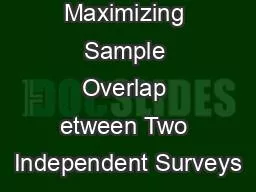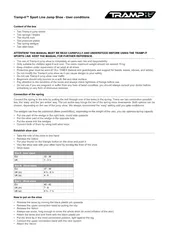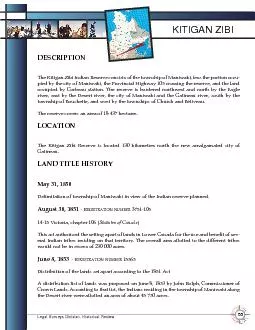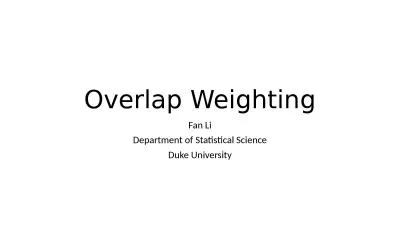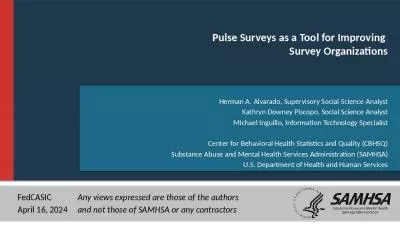PDF-Maximizing Sample Overlap etween Two Independent Surveys
Author : brooke | Published Date : 2021-10-01
David Piccone Shail Butani and Edwin Robison Bureau of Labor Statistics 2 Massachusetts Ave NE Suite 4985 Washington DC 20212 Abstract In 2010 the US Bureau of Labor
Presentation Embed Code
Download Presentation
Download Presentation The PPT/PDF document "Maximizing Sample Overlap etween Two Ind..." is the property of its rightful owner. Permission is granted to download and print the materials on this website for personal, non-commercial use only, and to display it on your personal computer provided you do not modify the materials and that you retain all copyright notices contained in the materials. By downloading content from our website, you accept the terms of this agreement.
Maximizing Sample Overlap etween Two Independent Surveys: Transcript
Download Rules Of Document
"Maximizing Sample Overlap etween Two Independent Surveys"The content belongs to its owner. You may download and print it for personal use, without modification, and keep all copyright notices. By downloading, you agree to these terms.
Related Documents

